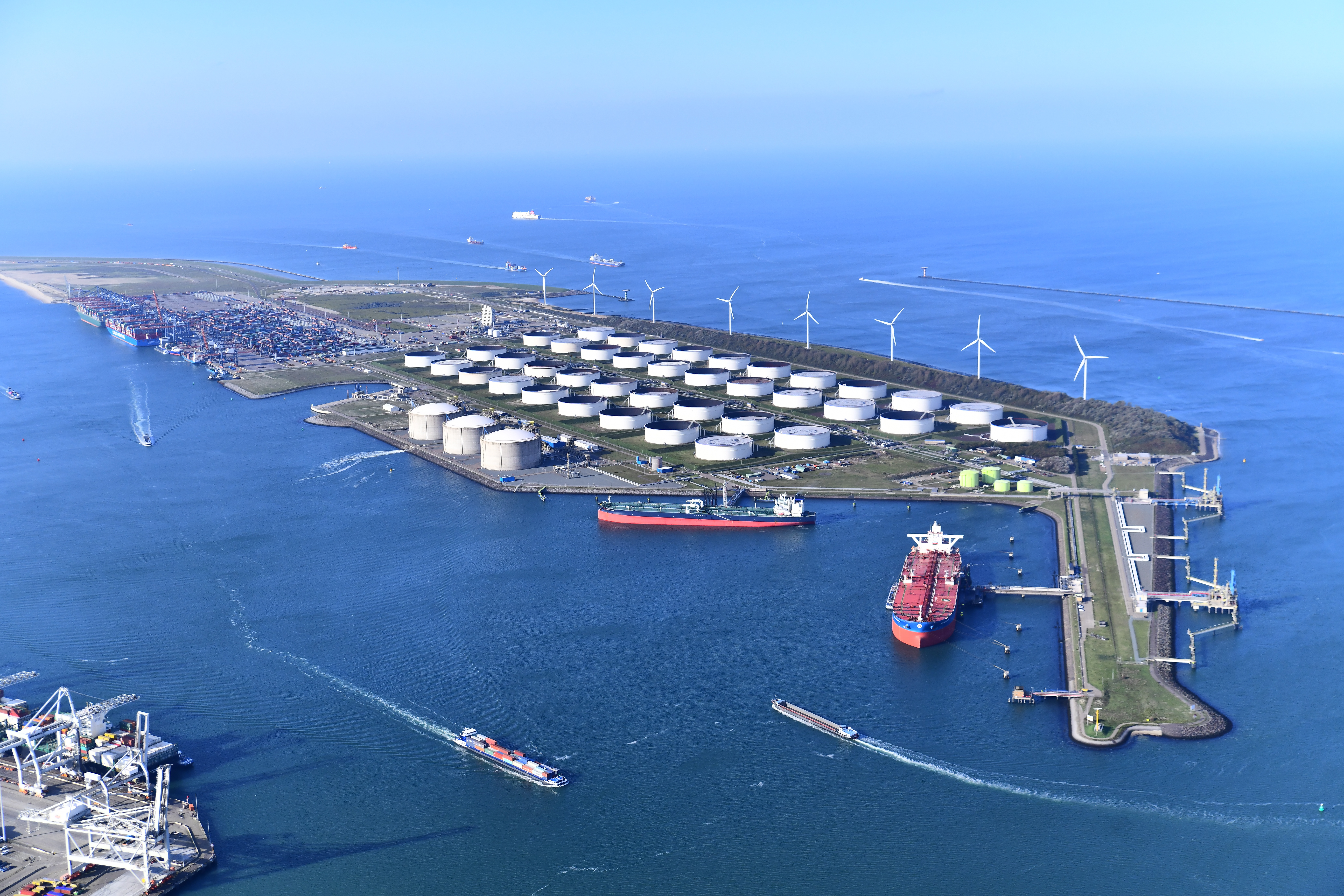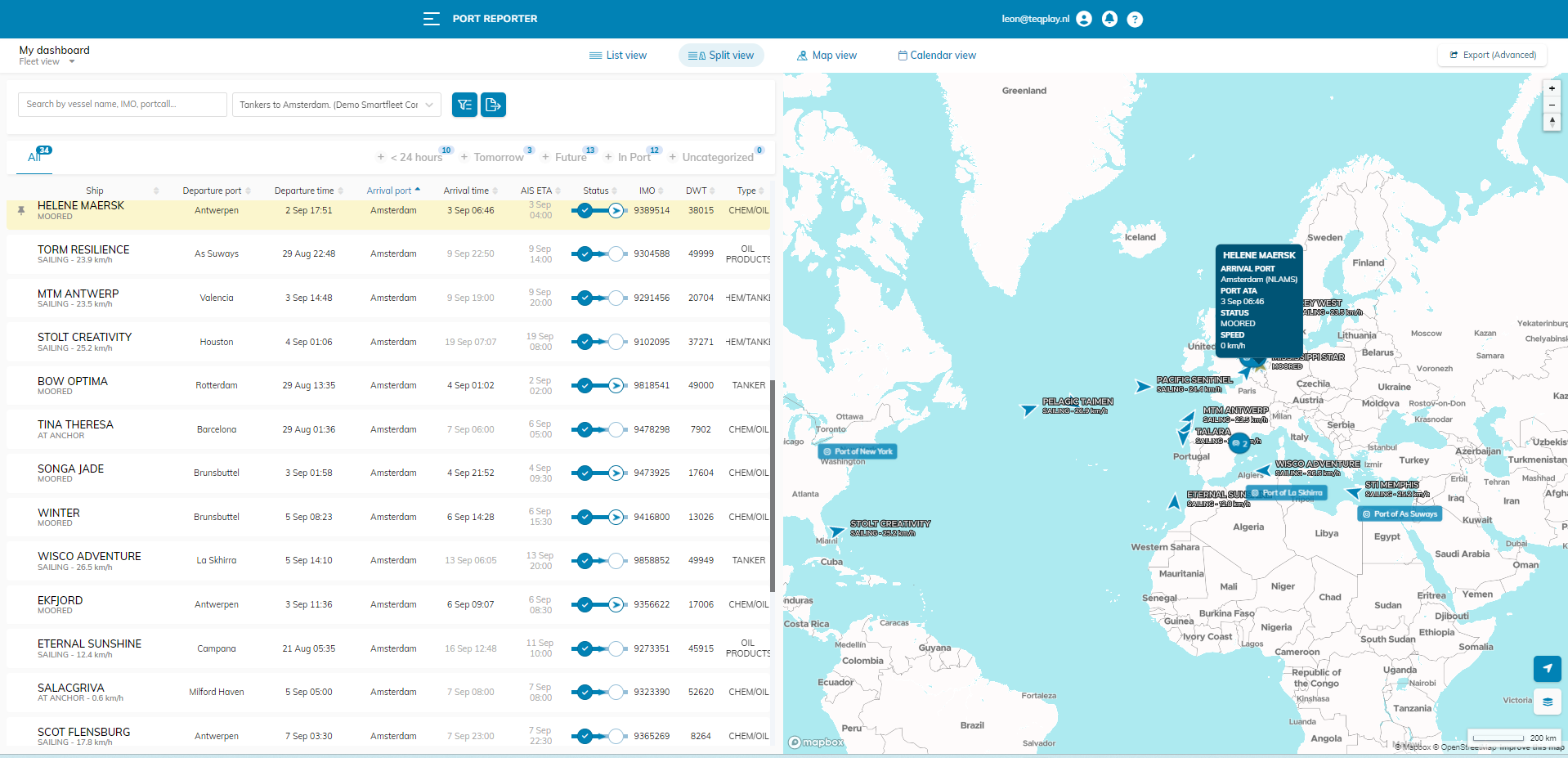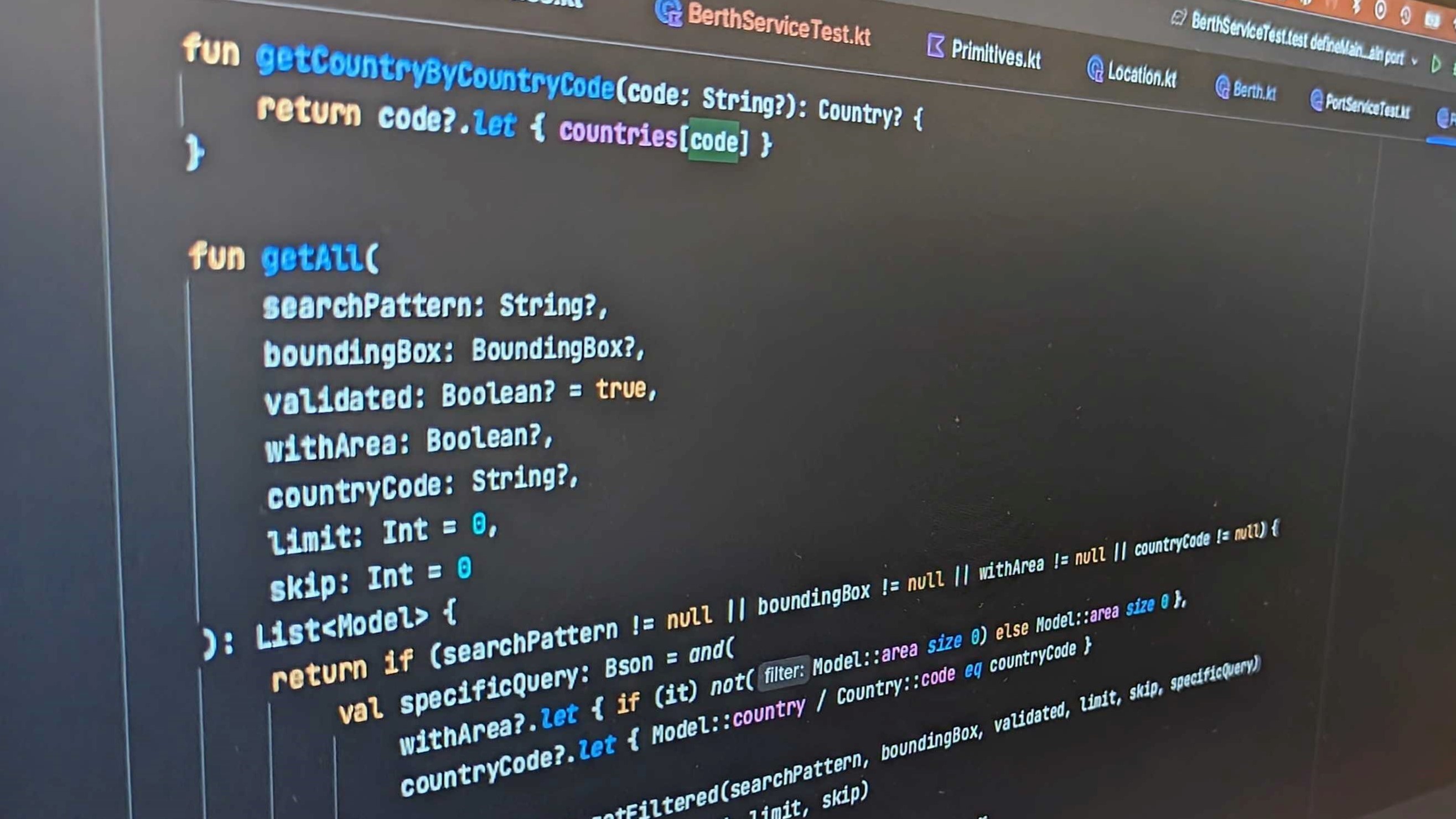Today’s trends on sustainability, globalisation and increasing competitiveness result in an urge to innovate. To ‘go with the flow’ and foster innovation in the barge industry, the RiverGuide initiative has been initiated by the Rotterdam port authority about a year ago. A safe and smooth journey for inland skippers with the right information, that’s the goal! In our previous blog, we shortly introduced RiverGuide to you. In this blog, we will talk about the next steps of this successful platform.
The availability of trade routes over waters is a big advantage for an industry and commerce. The Dutch barge industry is the largest of Europe with more than 8000 barges operating under the Dutch flag. In view of the industry trends, the barge industry is expected to grow even more. This emphasises the importance to innovate in collaboration, and the urge to continue with RiverGuide.
We are proud to announce that multiple ports have joined forces to bring RiverGuide to the next level. Together we can achieve more! The Port of Rotterdam, Rijkswaterstaat, Zeeland Seaports, Groningen Seaports, the Port of Amsterdam, the province of North and South Holland, and the Port of Moerdijk all committed to take the next step of RiverGuide. Besides these authorities, BLN-Schuttevaer, the branch organisation for inland skippers, will also be actively involved in the process.

How are we going to take this next step?
Innovate in collaboration with the barge skippers and port authorities. The purpose of RiverGuide is to function as the innovation platform for the Dutch waterways. Multiple information sources will be bundled and combined to provide the skipper with the right, uniform information to make the right decisions. Some examples of the systems and information sources that might be integrated in RiverGuide are: Blauwe Golf Verbindend, Sluisplanning.nl, Koerswijzer, Comex/CoRisMa, and the UAB system.
User needs
Besides the technology part that will be improved and extended, the major success also lies in the identification of the user needs. What does the skipper want to see in the application, and what does he need? And, how can we technically fulfil those needs? Some examples of already identified user needs are:
- Advise skipper for optimal departure regarding hydro and weather conditions
- Provide insight in predicted waiting time at locks, bridges and other objects
- Provide insight on expected delays in the plans
Innovate together with, and for the barge skipper
Are you an inland skipper that wants to innovate with us? We are very happy to provide you with more information here. Or do you have brilliant ideas that we should consider in the follow up of RiverGuide? Please contact us here.






